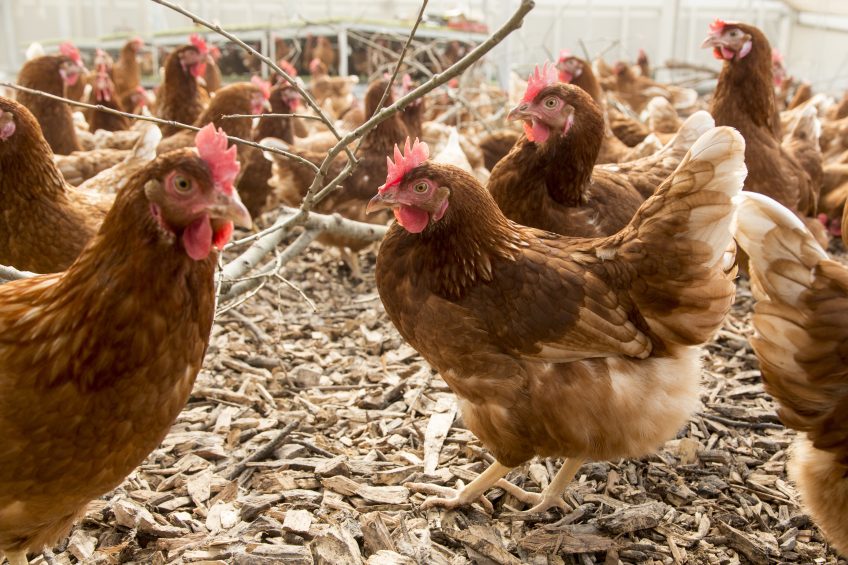Aussie poultry welfare standards get overwhelming response

Record numbers of people have submitted responses to the controversial Australian consultation on poultry welfare standards meaning there could be a delay to the process.
Animal Health Australia said it had received more than 165,000 submissions following the 90 day public consultation event, which closed at the end of last month (February).
Overwhelming response
Kathleen Plowman, AHA chief executive officer, said the response to the consultation had been fantastic: “It’s currently 5 times the amount of submissions received during the development of welfare standards and guidelines for other industries, mindful that final numbers won’t be known for a few more weeks as collation continues.”
The huge response could mean that hopes of an announcement in the summer of the new poultry welfare standards could be dashed, with some commentators speculating there could be a delay to the process.
The guidelines cover all aspects of poultry farming but much of the focus has been on caged egg production. There are about 11 million hens housed in cages in Australia – more than half of all laying hens.
Phase out cages
The RSPCA and Animals Australia are keen to phase out cages with the aim of an ultimate ban. But John Dunn, chief executive of Egg Farmers of Australia, has said any ban or phasing out of cages would lead to a massive loss of production and an increase in the price of eggs.
However, Western Australia has become the first state to join animal welfare groups in formally pushing for a ban on the use of battery hen cages.
State Agriculture Minister Alannah MacTiernan said there was clear research to indicate that battery cages should be phased out over a 10 year period: “Taking steps to bring Australia’s poultry welfare standards into line with those in the European Union and New Zealand will keep public support for this industry,” she said.
Next steps
This has prompted the Egg Farmers of Australia to suggest that the State Government should be asked to provide $50m in compensation if it enforced tougher poultry welfare standards than the rest of Australia.
AHA said the next steps following the consultation would include:
- A review of submissions by an independent consultant, who will deliver a report with key findings to the Animal Welfare Task Group (AWTG)
- Based on these findings, a revised welfare standards document will be developed under the direction of the AWTG.
- The revised standards will then be provided for consideration to the Stakeholder Advisory Group, comprised of representatives from industry bodies, welfare organisations and all government jurisdictions
- The document will then go to Australia’s agricultural ministers.













